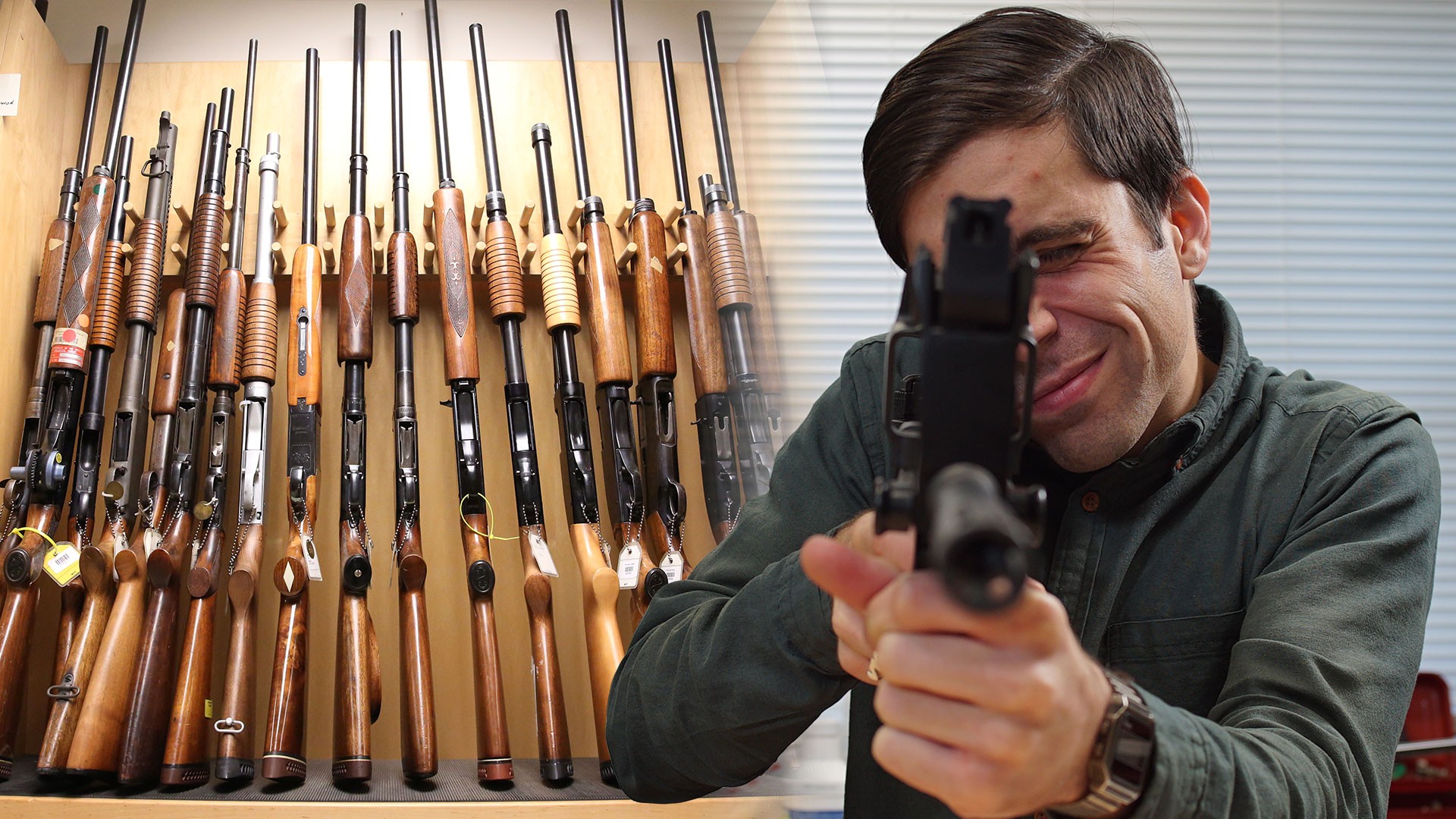Case Western
A man paralyzed from the shoulders down regained some use of his arms and hands via a brain-computer interface, according to researchers at Case Western Reserve University. It's believed to be the first instance of overcoming quadriplegia with help from temporarily implanted brain-recording and brain-stimulating technologies. The event and the neural interface that made it possible are described in a paper published in the Lancet this week.Bill Kochevar, 56, suffered a spinal injury in 2006 as the result of a bicycling accident. In 2014, he enrolled in a clinical trial known as BrainGate2, a project administered by a large consortium of academic institutions exploring the utility of the BrainGate brain-implant system, the first iteration of which appeared in 2014. Previous BrainGate research had shown that patients with the implant can learn to move a cursor on a screen, operate a TV, and direct a robotic arm.The process of returning mobility to Kochevar was hardly easy. It began with a brain surgery in which electrodes were placed in the motor cortex region of the brain responsible for hand movement. Over the course of four months, the electrodes recorded brain signals while a computer learned which signals encoded commands for movement as Kochevar controlled a hand in virtual reality.The next step was a procedure in which 36 muscle-stimulating electrodes were implanted into his arm. Because Kochevar's muscles had severely atrophied over eight years of dormancy, it took 18 weeks of electrical stimulation to rebuild the muscle. Finally, the brain-stimulating electrodes and the brain-recording electrodes were wired up to the BrainGate system. In all but one of 11 total trials, he was able to reach out, grasp a mug, and drink from a straw. Each reach and drink sequence took about 30 seconds.When asked to describe how he made his arm move, Kochevar told the researchers, "It's probably a good thing that I'm making it move without having to really concentrate hard at it. I just think 'out' and it just goes."As expected, given that the arm was essentially numb while Kochevar controlled it, continuous visual feedback was required to keep the thing doing what it was supposed to. Nonetheless, the system offered "intuitive control" over the reaching and grasping movements of limbs otherwise paralyzed. "These actions are representative of movements needed to perform a wide range of reaching tasks, which suggests that more functional activities are achievable with the current system," the BrainGate researchers write.The electrodes used here were temporary and easily removable. The researchers think that with better surgical placement—covering more motor neurons and deeper and more varied muscles—it will be possible to regain even better control via brain-computer interface."Although similar systems have been used before, none of them have been as easy to adopt for day-to-day use and they have not been able to restore both reaching and grasping actions," offered Bolu Ajiboye, the study's lead author, in a statement. "Our system builds on muscle stimulating electrode technology that is already available and will continue to improve with the development of new fully implanted and wireless brain-computer interface systems. This could lead to enhanced performance of the neuro-prosthesis with better speed, precision and control."Watch A Smarter Gun on Motherboard:
Advertisement
Advertisement

